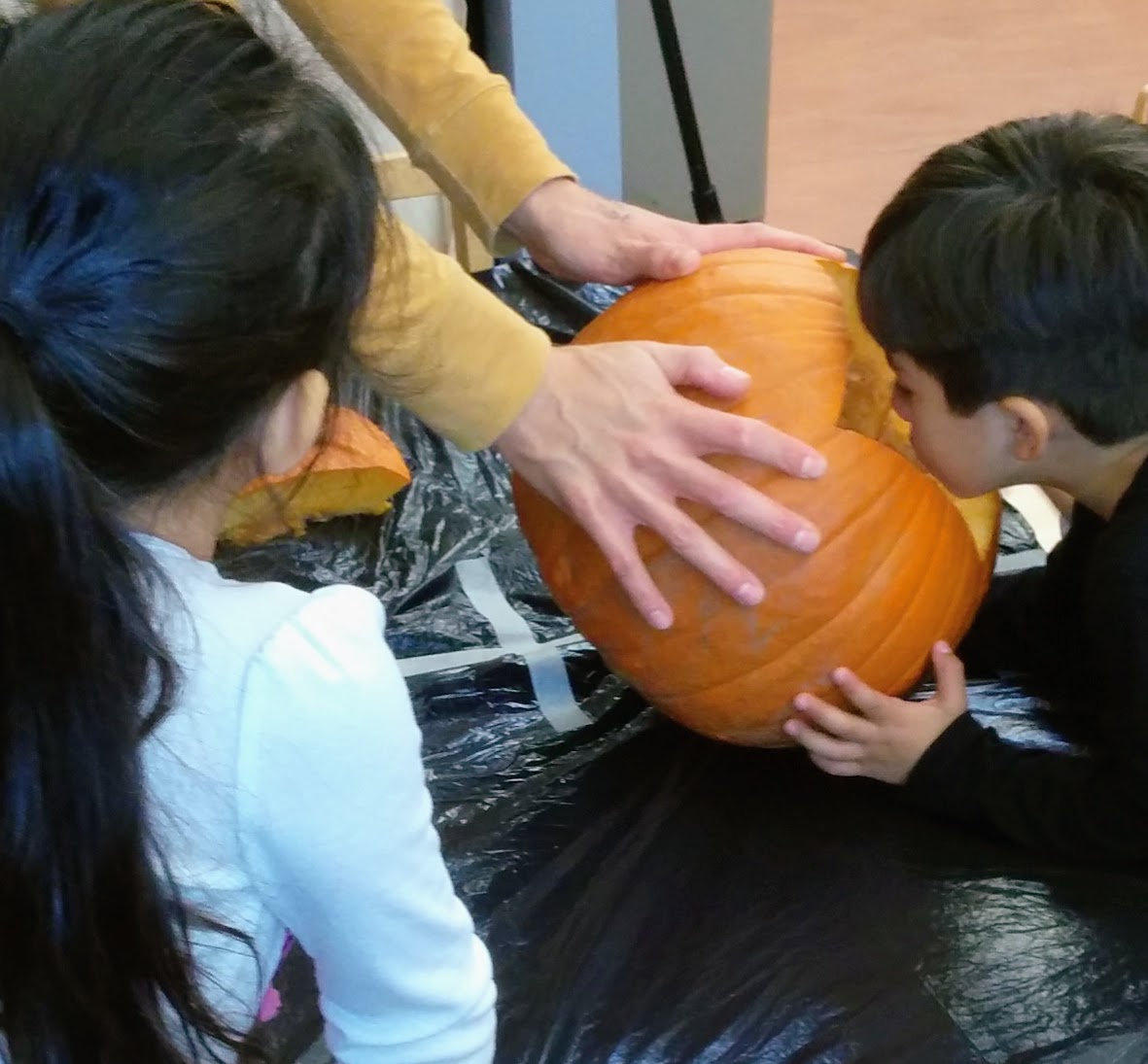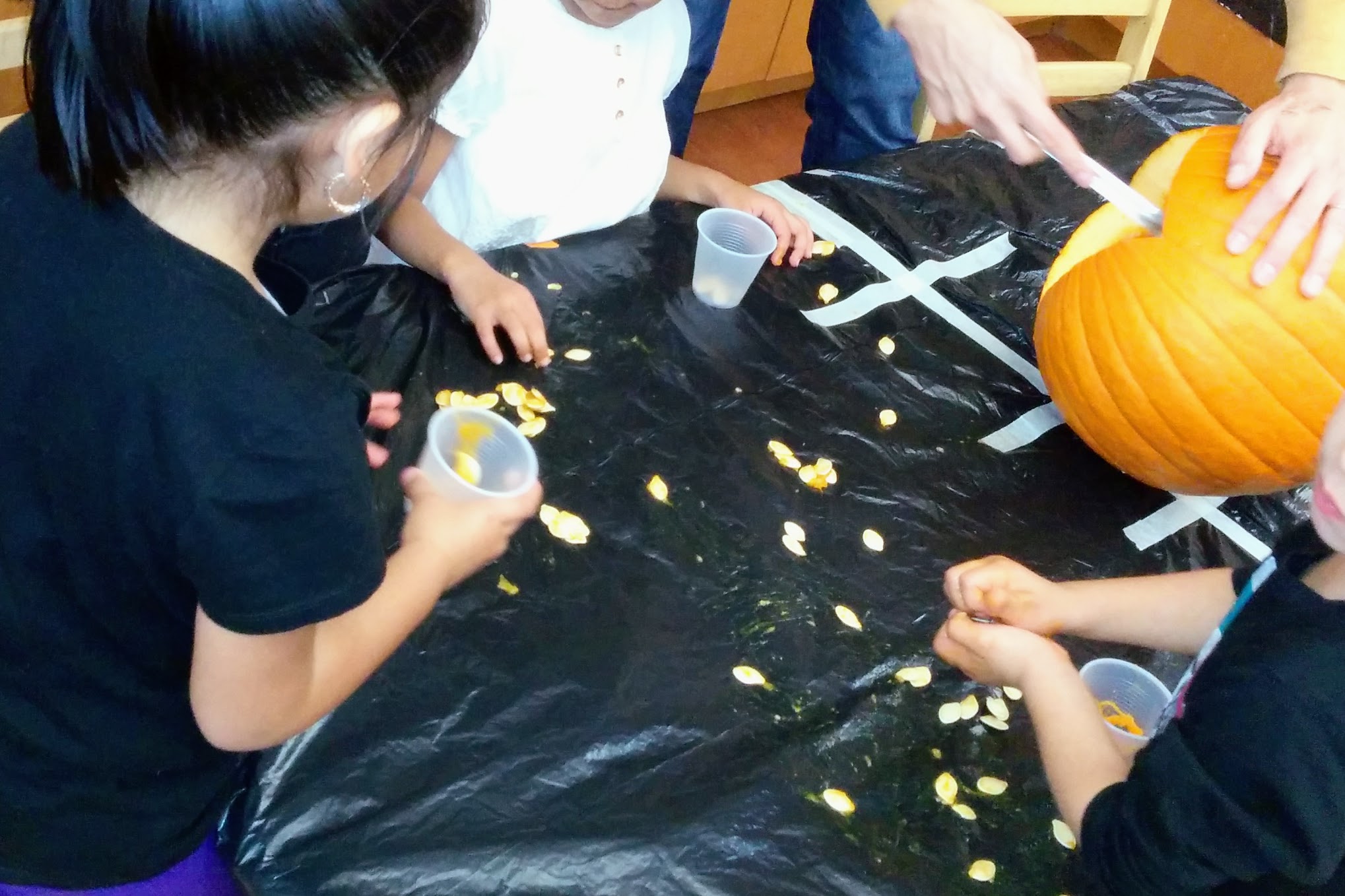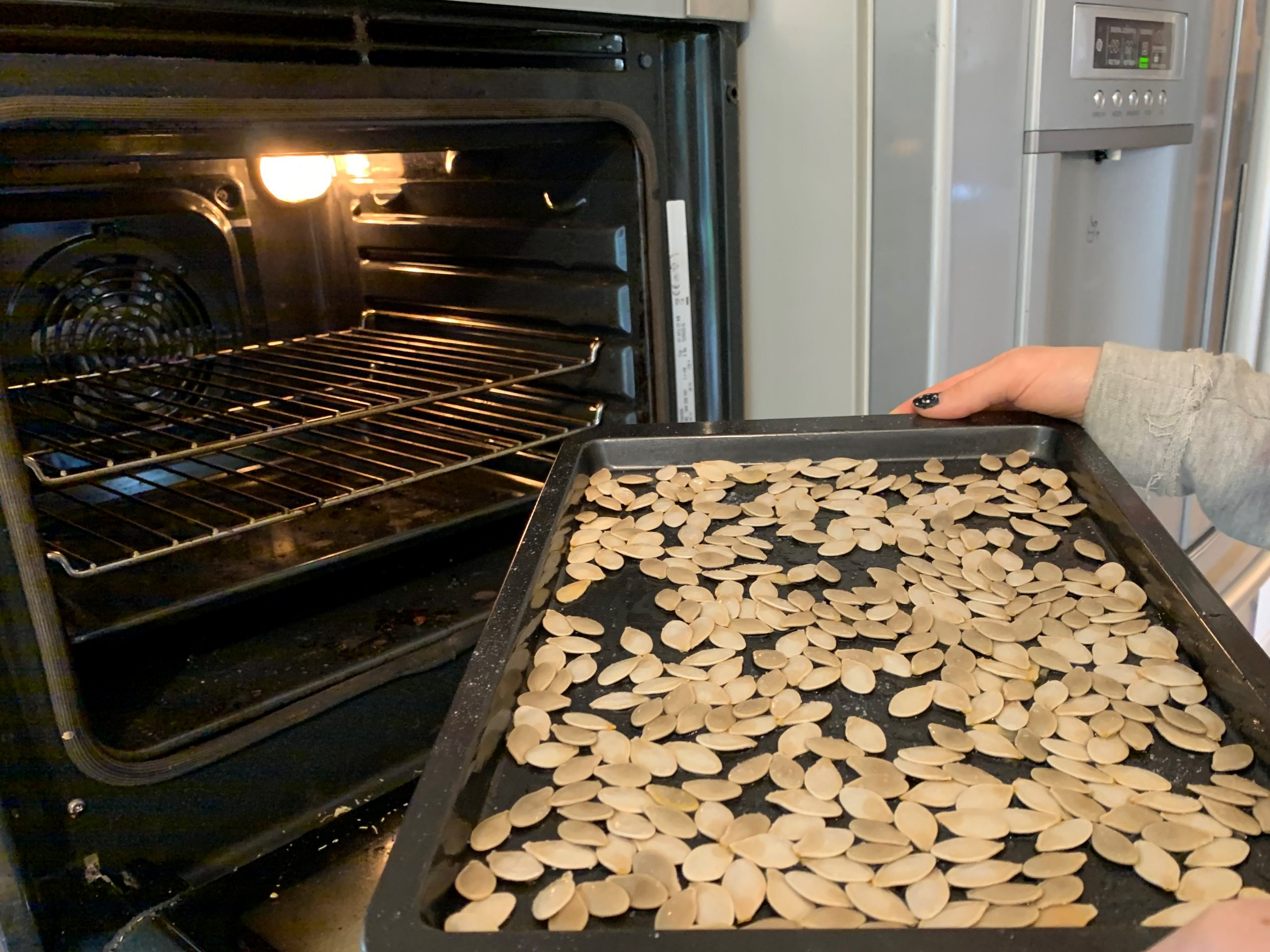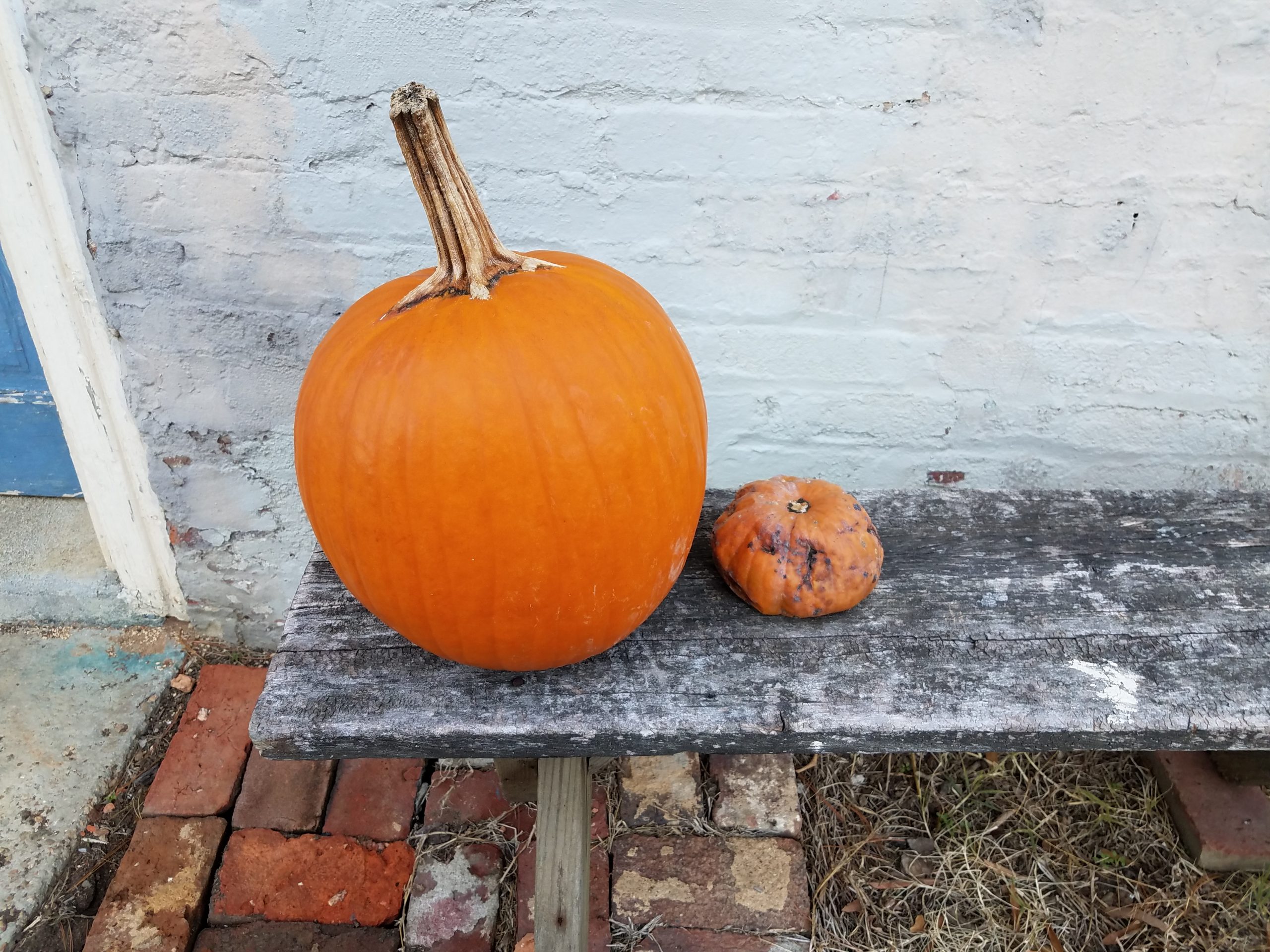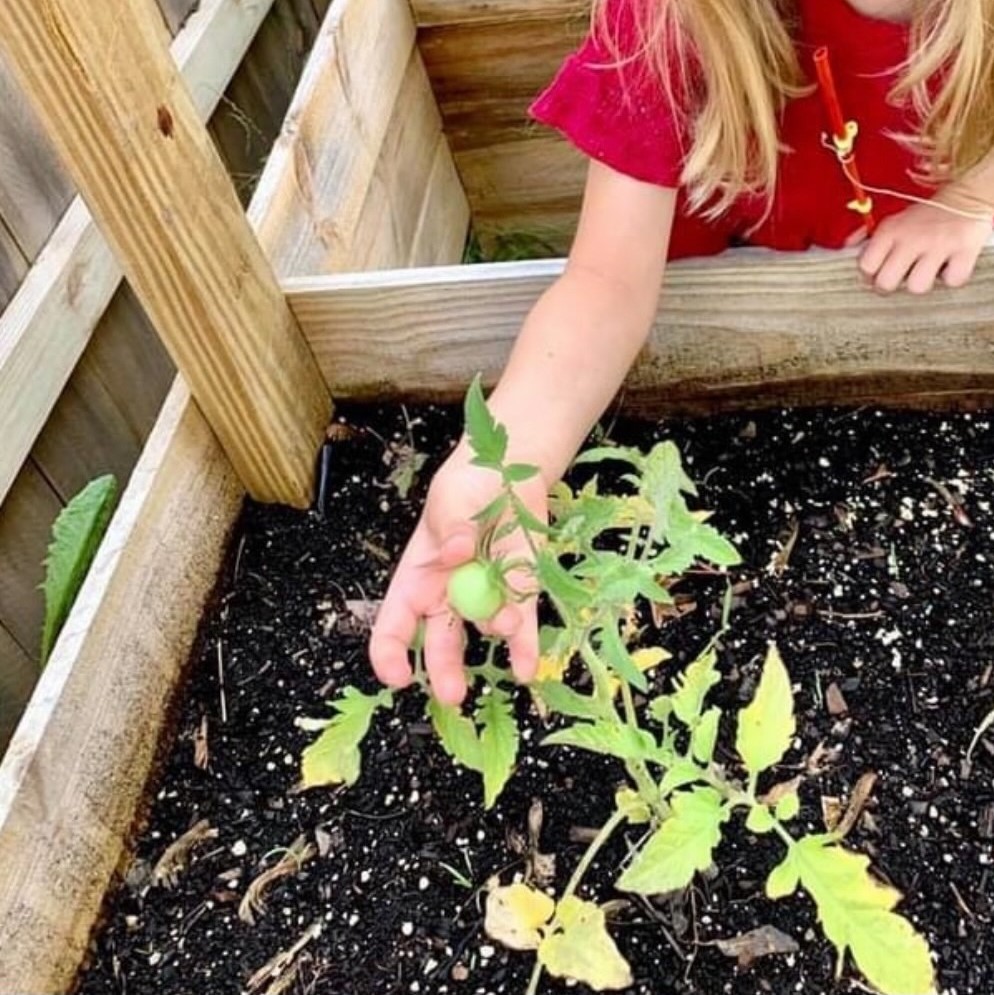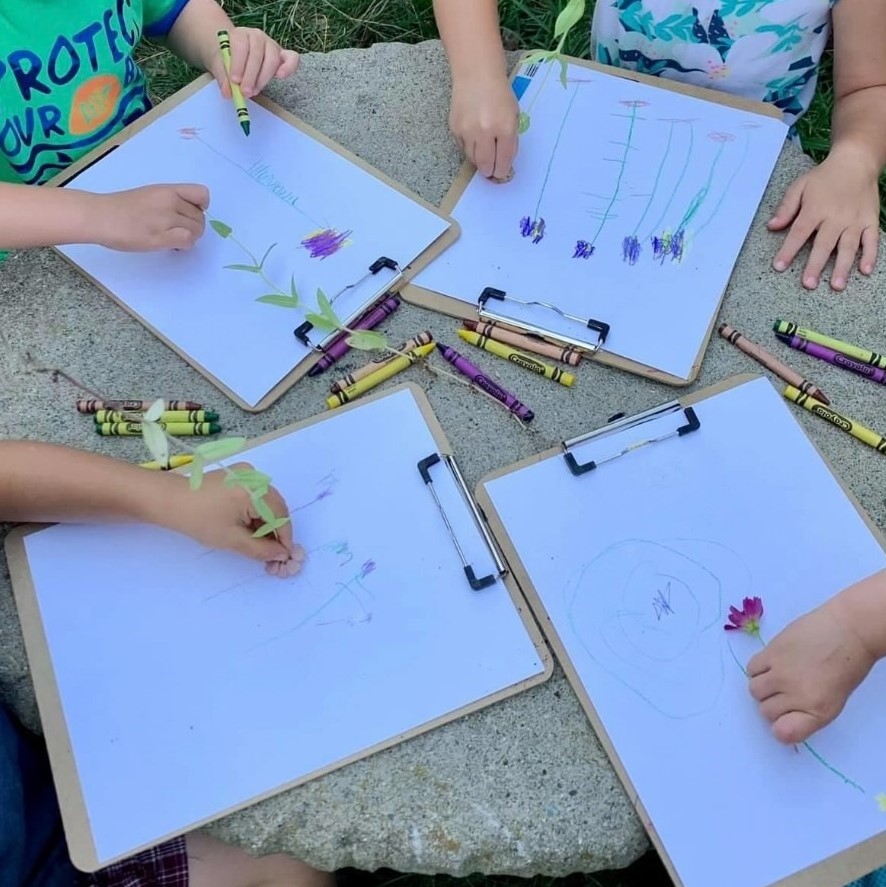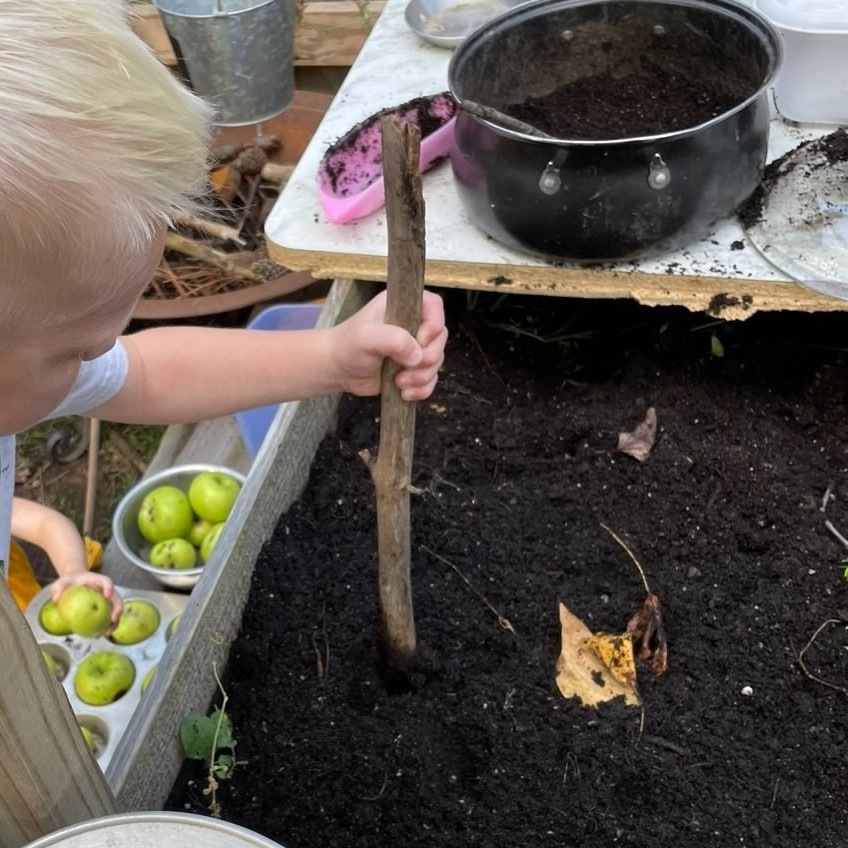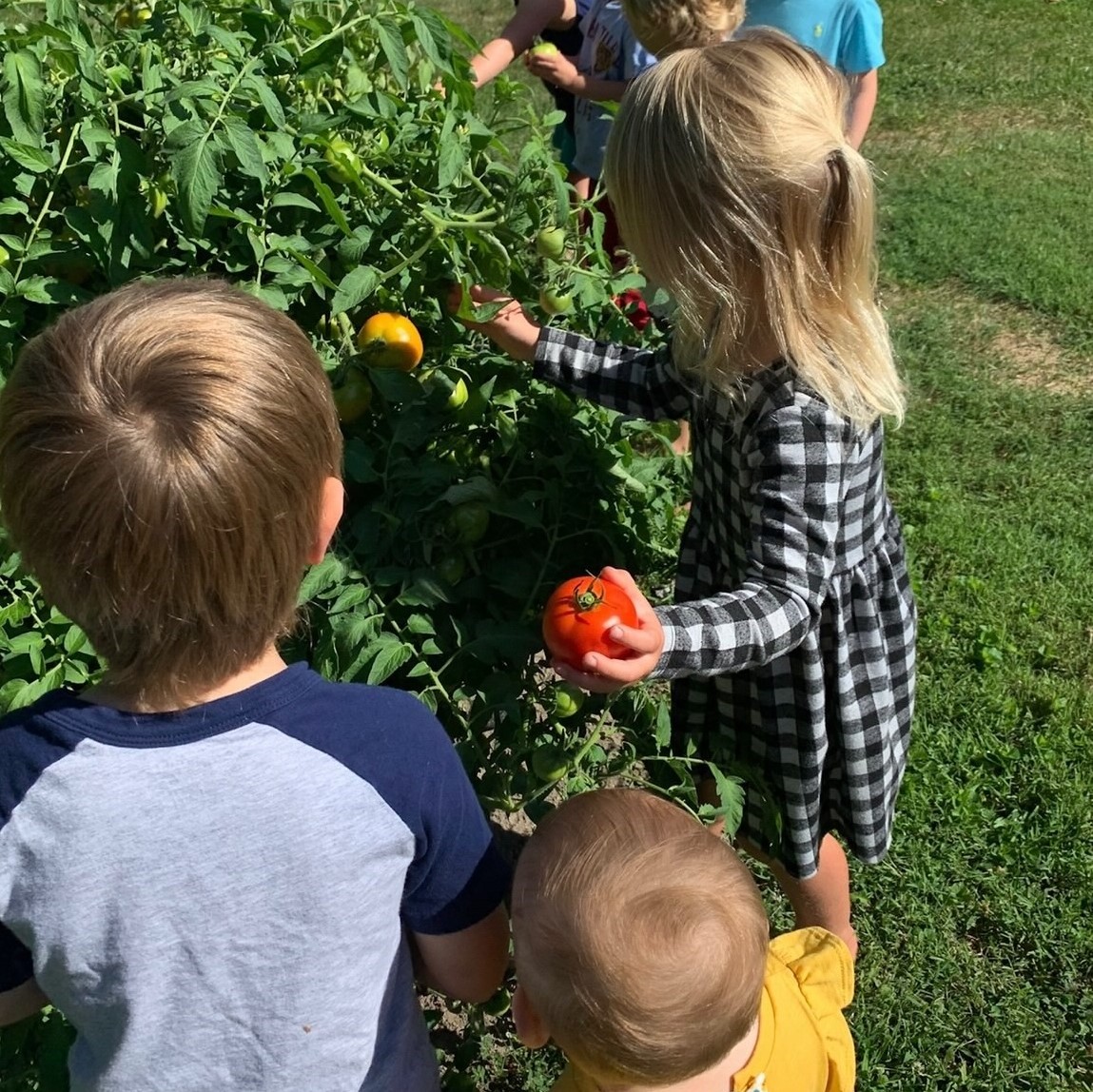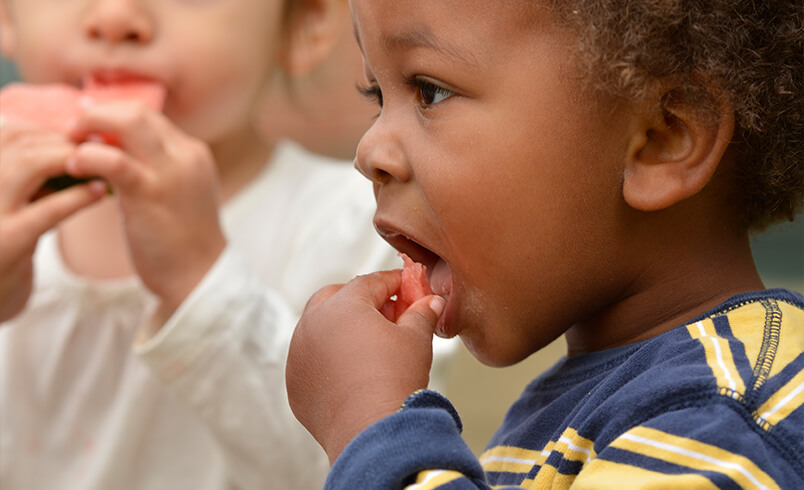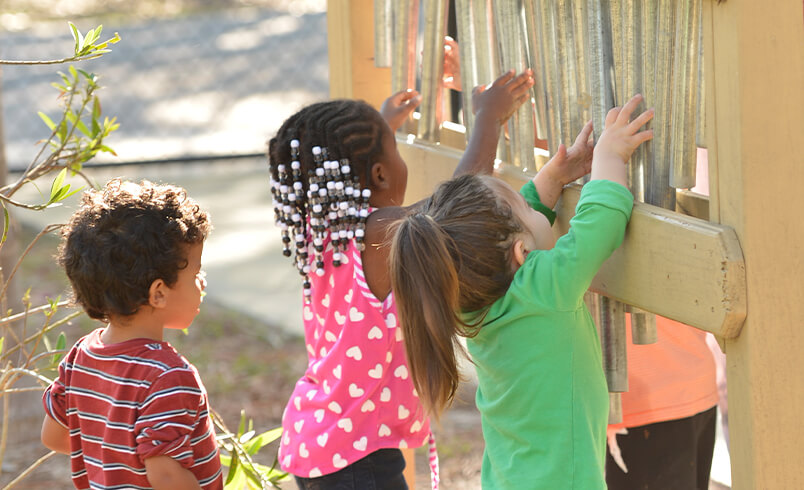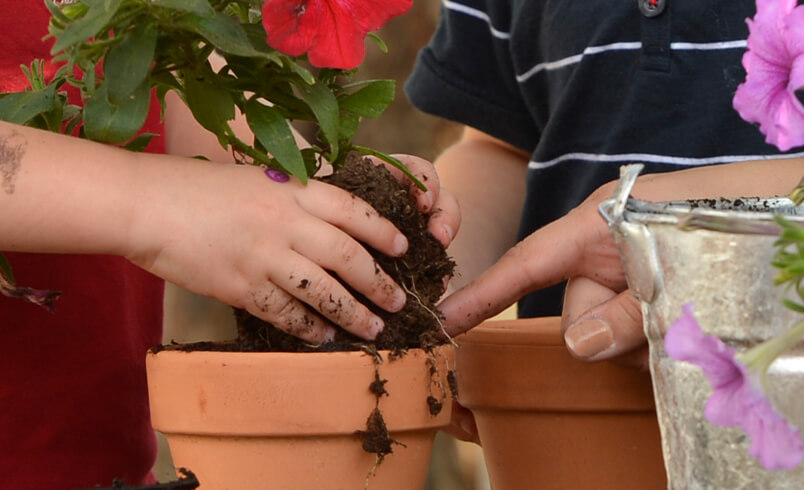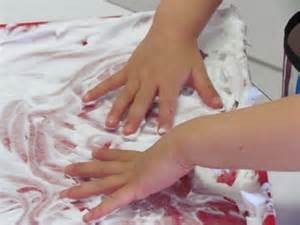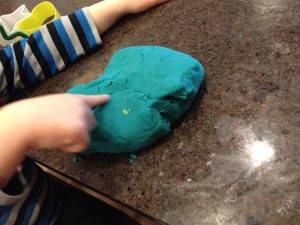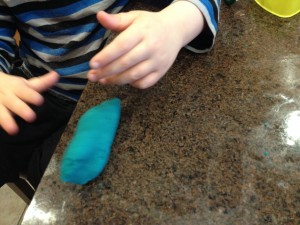Sensory processing is the way we use information from our senses to interact with and learn from our world; the smell of trash should tell you to look somewhere else for food, while the sight of a stop sign should tell you to hit the brakes. But not everyone’s sensory input is organized in a way that allows them to use the information they’re taking in. When a person has sensory processing difficulties, they have trouble responding appropriately to the sensory information they’re receiving. This can lead to a variety of observable behaviors, depending on the impacted senses, such as covering ears at loud (or even slightly loud) noises, or refusing to eat foods that are “squishy” or crunchy.
It’s important to note that variations in sensory preferences are normal– some people like to listen to loud metal music and others prefer soft classical, and neither is wrong or indicative of sensory integration differences. These preferences are what make us individuals. However, for safety, as well as optimal development, children should be able to participate in daily life without struggling to integrate their sensory experiences.
If sensory seeking or avoiding behavior gets in the way of a child being able to form and maintain friendships, follow developmentally typical directions, or engage in their child care environment, it’s worth connecting their family with your state’s early intervention program for an assessment by an occupational therapist.
For Reflection:
Have you cared for children with diagnosed sensory processing difficulties?
What adaptations have you made to support their exploration of the sensory environment?
Do you know how to contact your local early intervention to make a referral, or support families in making a self-referral?
Looking for an interesting textural addition to your play dough? Add birdseed and try this no-cook recipe, written to use with young children. Note: Skip the food coloring you might normally use to allow children to really notice the distinct colors of each type of seed.
- 2 ½ cups All-Purpose Flour
- ¾ cup Salt
- 2 tablespoons Cream Of Tartar
- ¼ cup Vegetable Oil
- 1 ¼ cups Boiling Water
- 2 cups birdseed
- Help children measure the dry ingredients.
- In a large bowl, have each child add an ingredient then take turns whisking together the flour, salt and cream of tartar.
- Adult adds the vegetable oil and boiling water, and using a spatula, mix until combined.
- Once it’s cool enough to handle, bring the children back together to knead the playdough in the bowl until it becomes smooth, about 2 minutes. (It may appear wet at first but will dry as you knead and the water gets fully absorbed.)
- Form the dough into a “bowl” and add birdseed to the center. Help children incorporate the seeds into the dough.
Gardening has many benefits for young children, including developing responsibility skills , fostering a sense of community, and developing confidence as they care for the plant and observe the growth. To begin, all you need are a few materials, and gardening doesn’t need an ample outdoor space; you can easily create a small indoor garden to fit your program.
Stephanie Mckinstry from My Caterpillar Clubhouse, a Certified Nature Explore Classroom, shares more benefits of gardening, how she begins her garden indoor and transfers the seeds to her outdoor garden. Watch below.
We are officially in Autumn, and of course, with this season comes pumpkins! Here are few ideas on how to explore pumpkins in your program:
- Explore the outside of the pumpkin!
*Have children touch the shell and stem
How does it feels? Is it smooth, bumpy, hard?
What do you see?
What sound does it make?
What color is it?
Why does it have a stem?
- Explore the inside of the pumpkin!
*After exploring the outside, move to the inside. Carve out the stem and ask children to look inside, describing what they see. If they are comfortable, have them touch the inside, feel the pulp and seeds, describing this texture. Dig into the pulp and seeds by using a spoon to scoop it out. Ask children:
How does it feel?
What does it smell like?
What color is it?
What shape is it?
*For infants or children who are overstimulated with touching the raw pumpkin pulp, scoop the pulp and seeds in a freezer bag, glue the bag shut, and have them squish the bag
*With the pulp and seeds out, have the children separate the seeds from the pulp. As an added activity, have them count how many seeds they found
- Explore what happens after!
*Leave your pumpkin in a safe place inside or outside to observe the daily changes
*Ask children to notice the difference in color, texture, and smell
*Why is the pumpkin changing?
- Exploring taste!
* Rinse the seeds and lay them out to dry. Once dry, place them on a cookie sheet to roast. Have older children taste them (safety precaution choking hazard)
*Explore a pie pumpkin instead of a carving pumpkin, bake the pumpkin and have children try the pulp or use it to make a pie or cookies
Have a fun Autumn activity? Share your ideas with us at info@townsquarecentral.org
Our garden
In our garden, we focus on learning together, caring for each other and our planet, and helping children develop a sense of belonging to a community and the natural world. We learn about growing our own food, composting, and recycling.
Here are just a few benefits of gardening with children:
- Sensory Development. Gardening engages many aspects of sensory learning. Children get to see, touch, smell, and taste what they grow in their garden.
- Encourages Healthy Eating. Children develop an interest in their growing vegetables, which leads to their keen interest in eating them.
- Responsibility & Patience. Gardening is a great way to teach responsibility, as children learn how to care for plants. The process of harvesting does not happen overnight. Children learn to be patient when waiting for the vegetables to grow as children observe and care for their plants.
- Expanding learning: Gardening helps with a wide range of learning, including learning about the seasons, weather, life cycles, animals. It also helps develop numeracy and literacy skills. Following sequential steps, seeing print in labels, drawing and writing to document growth, measuring the plants, counting the seeds and vegetables.
- Develops Social Skills: Especially here at Caterpillar Clubhouse, gardening can be a very sociable activity. Children learn to work together and enjoy discussing different types of veggies and their process of taking care of their plants. Gardening presents wonderful opportunities for children to bond and help one another look after and nurture their garden.
- Helps self-regulation: Studies have shown that having contact with dirt, whether it’s through gardening, digging holes, or making pies out of mud, can significantly improve a child’s mood and reduce anxiety and stress, even boost immunity which we all need.
We talk about all the flower parts, exploring each part by touching and smelling!
We observe and document using different materials!
Now we explore and eat!
How will they be ready for kindergarten if they just spend their days outdoors playing?”
As educators we are often asked about kindergarten readiness by nervous parents, looking to give their children the best in an early childhood program. It is important that parents understand the vast amount of learning that is available when children are connected to nature. Young children learn primarily through their senses. The natural world, with its constantly changing and stimulating elements, provides the ultimate sensory learning environment.
Nature provides the ultimate sensory learning experiences.
When children use their senses as they explore their world through sensory play, they are actively building nerve connections in the brain’s pathways, which is crucial to brain development. And, when we slow down, we can also see all the learning and social skills that are being developed through play in nature.
The warm spring sun shines down on Elizabeth as she buries her nose in the fresh dandelions that surround her. James our sky watching investigator, points out the moving clouds and the moon that is visible this morning. Suddenly a flock of honking geese flies overhead, which instigates a group of children to run honking around the play yard flapping their arms.
Creating environments that give our youngest learners the time, space, and opportunities to explore and investigate will provide meaningful learning experiences. We can create engaging and wonder-filled environments that promote learning through all eight of their senses—auditory, gustatory, visual, olfactory, tactile, vestibular, proprioception, and interoception.
Auditory
“Listen! I hear a woodpecker!” calls Hudson, and the outdoor classroom quickly becomes calm as the children try to follow the sound of the pecking.
When children listen for and locate sounds in nature, it helps them understand that space is three dimensional. Birds call from high in the trees, the buzzing and humming of insects near plants on the ground attracts the attention of infants on their tummies. The children in our program often hear the horns of trains from across town or the steeple chimes from the college nearby, barking dogs in the neighborhood or the elementary students at recess down the block. These sounds force our children to slow down and follow the direction from which they came. By including bells, chimes, and your classroom musical instruments; you can add to the variety of sounds in your outdoor play space.
Gustatory
“We’re having a picnic!” shouts three year old Evelyn.
Food always tastes better outside. Eating outside strips away distractions and connects us to the flavors, the juiciness, and the aromas of our food and to nature. Sharing time outdoors with food also creates a sense of community between teachers and friends. There is something special about eating outdoors, even the exact same lunch. There is no rush, there are more stories, and more laughing. We spend longer periods of time around the table when we eat our meals outdoors. It’s magical. If lunch is an obstacle, start with a snack. If you don’t have a table, a good old fashion tablecloth or blanket on the ground will suffice.
Connect taste with nature by growing edibles from seeds or seedlings. Talk with your children about all the parts of a plant as you plant, nurture, harvest, and eat from your own garden. We started do a lot of container gardening once we realized our sunshine in the summer was different than when we planted it in the spring. This also gives you a chance to send your plants home over breaks if necessary. When our strawberry plants didn’t provide quite as many strawberries as we had hoped, strawberries from our local farmers market “may” have been added to the pickings on Strawberry Day. The same thing happened with our pumpkin patch, one year! We always want these to be enjoyable, successful adventures where everyone can join in the gathering.
Visual
I look over and notice our usually busy, James lying still on his tummy. A closer look, I see him watching a trail of ants carrying food.
Children who spend time outside in nature are less likely to suffer from myopia (nearsightedness) than their peers who spend more time looking at screens. Nature calls on us to look carefully and to focus at different distances. By providing magnifying glasses for close-up examination of bugs and leaves, children slow down and take observation much more seriously. Binoculars will bring faraway objects close, and kaleidoscopes and fish-eye lenses fuel a sense of wonder. By adding visually stimulating motion and color, with the use of banners, parachutes, and flags that flap and billow in the wind, we can capture the attention of little eyes to focus on wind patterns.
Olfactory
Two year old Eleanor is busy cooking up mint soup for the birds and squirrels. Always our concoction driven chef, Eleanor, is quick to make use of different plants to create the colors and smells she is sure will arouse the creatures of the neighborhood.
By incorporating plants whose blooms have distinctive, pleasing scents, we create places of beauty and wonder. Place gardenia and viburnum at key spots along pathways, jasmine near the front door, and lilacs outside of windows. We have herb gardens at our entrances that children and parents are invited to pick anytime. Catching a whiff of basil from a young friend is not at all unusual during our summer months! Include native plants that have unique qualities in fragrance, color, and texture. Check with your local city for possible rain garden grants that may help you finance pollinator or native plant gardens for young children. Our program was able to create a dry creek rain garden area, full of pollinating, native plants that brought butterflies and hummingbirds to our play space. Many cities are giving away rain barrels which will give you access to water for plants and water play.
Tactile
“Come feel how soft this flower is!” invites three year old Evelyn to her friends nearby.
Our skin is the largest organ of our bodies, making touch a vital source of stimulation. Tactile engagement is crucial, especially for babies. Connecting with plants and soil can begin early. Babies soak up sensory experiences in and near the garden. Hands and bare feet need to experience different characteristics and temperatures. Nature is rich in texture and tactile variety— bark on trees and shrubs can be rough, smooth, bumpy or thorny. Leaves can be sticky, fuzzy, delicate, or veiny. Stones can be smooth, round or jagged. Providing our young learners with these spellbinding opportunities, creates strong nerve connections that are hard to duplicate indoors.
Vestibular
“Watch me fly! I am a superhero!” Three year old James is pushing off with his feet and swinging high on his belly.
The vestibular sense, based in the inner ear, is related to balance. A well-developed vestibular sense helps us to understand where our body is in space. We are huge proponents of swings and belly swinging. Children with a poorly functioning vestibular sense may consistently run into things, trip a lot, and frequently fall. Experiences that develop the vestibular sense include swinging, swaying, bouncing, rocking, and rolling. The vestibular system helps with spatial awareness, attention, visual skills such as reading and writing, and emotional regulation. By including bench swings, hammocks, rope swings, tire swings, and baby swings, you will be strengthening the vestibular sense that makes paying attention and sitting still for short periods of time a possibility for our busy young friends.
Proprioception
The sense of proprioception informs us of our body’s position in space. The receptors for this system are found in our muscles and joints and they send information to our brain about where our body is and how much force we are using. This is the sense we need to understand how to gently hold a friend’s hand, play tag without tagging too hard, pet an animal, or make a light or dark mark on the paper. When children use their muscles and the force of their bodies to push, dig, roll or lift heavy things, they become aware of their own bodies’ capabilities.
“Benjamin pushed me down!” a sobbing four-year-old, reports as tears run down her cheeks. I look over to see four-year-old Benjamin crying just as hard, if not harder.
Proprioception is important in building body awareness and achieving motor milestones. This is why tummy time is so very important for infants. Shoveling in the sandbox, moving stones to make a fort, or carrying buckets of water will all benefit our children. When we use our muscles it creates strength, and resistance is put on those proprioceptive receptors in the joints and muscles.
Introception
“I am so thirsty!” exclaims five year old, Lauren, as she rushes to the pitcher of water to fill a cup.
Just as there are receptors in your muscles and joints that make up our proprioceptive system, there are also receptors inside your organs, including your skin. These neurons send information about the inside of your body to your brain. Are you hungry, thirsty, hot, or cold? Do you need to use the bathroom? Is your heart racing or at a normal pace? The calmness in outdoors may help children recognize these signals and learn to listen to their bodies. We encourage our young learners to slow down and listen to their bodies.
In a natural environment, sensory learning happens naturally.
Outdoors is the perfect environment to observe and understand the senses that make up our young learners. By taking a minute to look at your outdoor environment and assess what it offers, you can address the changes that might be beneficial—even if it’s planting some herbs, adding a chime, or providing binoculars. Let’s celebrate and embrace the power of outdoor learning for young minds by designing simple, wonder-filled gardens of opportunities.
Article courtesy of Community Playthings
Clear a table or countertop and give the children smocks or aprons to wear. Spray a small mound of shaving cream on the surface in front of each child to spread around and make marks with their fingers. Talk to the children about how the shaving cream feels on their hands, how it smells, and how they can spread it around using their hands.
Goal: Children will use their senses and make marks using their fingers.
I was thinking about something interesting to do with the kids today and realized that I hadn’t made playdough in quite a while, so looked in the pantry to see if I had the ingredients I needed. The recipe I typically use is this one:
1 cup salt
2 cups flour
4 teaspoons cream of tartar
2 Tablespoons vegetable oil
2 cups water
1 packet of Kool-Aid (or other similar type of drink mix–I buy whatever kind is on sale!)
Put all ingredients into a saucepan and cook over medium heat stirring constantly until the dough comes together. Knead on table or countertop until smooth and cool. Store in a plastic container or zipper lock bag.
As I started to take out the ingredients I found that I didn’t have any packets of Kool-Aid. I like it because it adds color and scent. I did find some food coloring and some cinnamon, and decided to give that a try. It came out smelling great and with a little bit of a different texture than usual, which made it even more interesting. There was almost an hour of play with the dough without any toys, so I imagine there will be more play over the next few weeks as I add some cookie cutters, rollers, plastic knives, and more.
I almost abandoned my idea of making playdough when I didn’t have everything the recipe called for, but I’m so glad that I got creative and took a risk to try using the cinnamon. I was also reminded that revisiting activities that we haven’t done in a while and keeping it simple when reintroducing a material can make for renewed interest and extended play on the part of the child.
Do you have a favorite dough recipe that you use? Do you have interesting substitutions for your regular playdough recipe?
Fill a bucket or other container with water and give toddlers a variety of different types of paintbrushes. Have children paint with the water on the sidewalk or even on a wooden fence. They can paint shapes, letters, pictures, or even just cover the whole space. It can be interesting to watch how the sun dries the water painting and then they can do it all over again!
Give children a spray bottle with water or a small container of water with a brush so they can wet a window. Have a variety of foam shapes that children can stick to the window to create scenes or patterns. You can buy pre-cut shapes or you can cut out your own shapes from fun foam sheets, both of which are relatively inexpensive at the craft store.
Goal: Children will enjoy sensory play with water while creating patterns or scenes with shapes.


